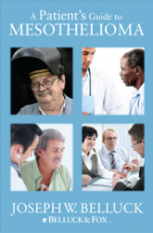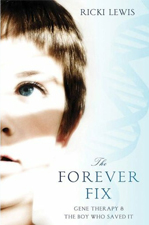Epirubicin Hydrochloride
Drug Name: Epirubicin Hydrochloride
Brand Name: Ellence by Pharmacia & Upjohn Co.
FDA approval: 1999
Intended Use: Epirubicin is an intravenous chemotherapy drug. When combined with other drugs, it is used in the treatment of early breast cancer that has spread to lymph nodes. Epirubicin is also used in the treatment of ovarian cancers, non-small cell and small cell lung cancers, and lymphomas.
Treatment: Epirubicin belongs to the family of drugs called anthracycline antibiotics, or antitumor antibiotics. Antitumor antibiotics stop the growth of cancer cells in the body, and are made from natural products. The products come from Streptomyces, or a species of a soil fungus.
The Treatment is given 3 times weekly by intravenous injection for 4 – 6 cycles. The time for a complete treatment is approximately 30 minutes. This drug is well tolerated in small cell lung cancer patients. Chemotherapy may increase an average of 1 to 2 months of median survival in inoperable non-small cell lung cancer patients.
However, chemotherapy may not provide a cure for these patients. A reduction of side effects and enhancement of life quality of the patients is a goal for the treatment.
Side effects from epirubicin include: nausea, diarrhea, dehydration, swelling or bruising in the mouth, hair loss, hot flashes and tiredness. In addition, epirubicin may also cause side effects involving the heart, even after treatment has stopped. Treatment may also cause leukemia. Progress and symptoms will be monitored by the medical team during treatments. The doctor should be kept well informed of any additional symptoms that may arise.
In the News:
- “Women whose (breast cancer) tumors had either TOP2A deletions or amplifications (extra copies) had longer recurrence-free survival and overall survival in response to chemotherapy that included the anthracycline epirubicin than to chemotherapy without anthracyclines, while patients with normal TOP2A genes showed no difference in responsiveness.” (National Cancer Institute, May 5, 2009.)


